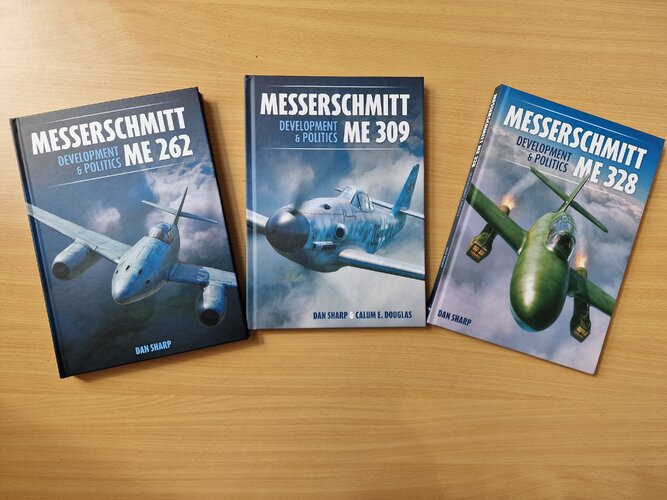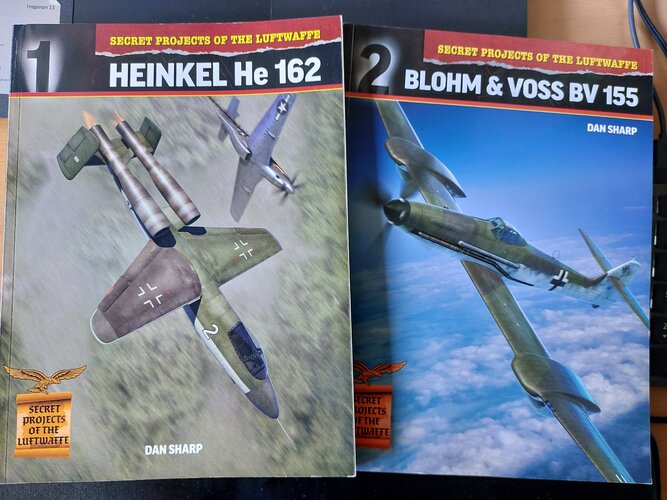- Joined
- 11 June 2014
- Messages
- 1,541
- Reaction score
- 2,899
I was referring to the rather interestingly similar physical characteristics of the Me 309 and Ta 152 ( C version rather than H), such as higher wing loading than was standard, the same engine, unusually heavy armament for the time, and pilot protection. My thought is that the Ta 152 actually had similar features to the Me 309, i.e. the concept was not completely abandoned but changed into the Ta 152. But thank you very much for the history of the choice between the Me 209 and the Ta 153/Fw 190D
The underlying theme is economy - how do you get a DB 603/Jumo 213 vehicle while retaining as many existing parts as possible?
Me 309 = Probably fewer than 5% existing parts
Me 209 = 50% existing parts
Ta 152 (in original concept) = 90% existing parts
But if use of existing parts was not a factor, then yes, the Ta 152 was intended to do basically the exact same job as the Me 309. Same engine, same armament etc. So if the jigs could've been built, if Messerschmitt had done the testing, if the radiator had been switched from ventral/retractable to the annular nose type planned for the Me 209 circa early 1943, then the Luftwaffe could've had - in theory - something with Ta 152 capability somewhat earlier and in much greater quantity. Exactly how much earlier and in how much greater quantity would've been the deciding factors in terms of whether that actually made any difference to anything.
You might say that a similar situation existed with the Do 335. Up until Jan 1943, the leading design in the Schnellbomber competition was the Me 109 Z - something very similar in concept to the (successful) F-82 Twin Mustang. Arguably the key deciding factor here should have been economy. The Me 109 Z was largely existing parts whereas the Do 335 was all-new.
However, instead of choosing (as they did in August 1943 with the Ta 152) to pick the parts bin special, they opted for the all-new design - since the performance advantages were apparently too tantalysing to pass up. Had they gone with the Me 109 Z instead, they would perhaps have had their own 'F-82' built in quantity and in front line use some time before the end of the war.
Last edited:



